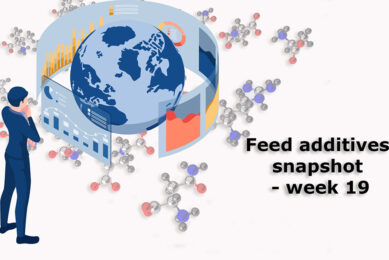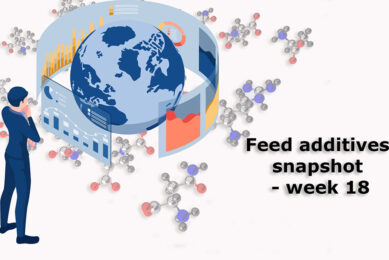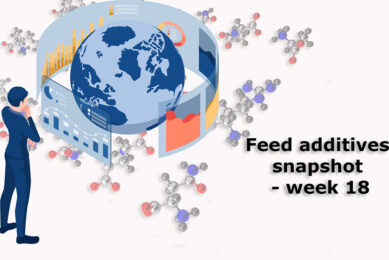Ethanol’s impact on corn and feed prices revisited
As the debate over ethanol policy continues in US politics, the National Corn Growers Association’s review on recent research on the ethanol and corn prices relation may prove insightful especially when one set of ethanol opponents blames biofuel as the leading cause of higher livestock and poultry feed prices.
"There is a lot of false rhetoric out there about the impact of ethanol policy on corn prices and by extension the price of food and feed," said NCGA President Bart Schott.
"The research does not support this rhetoric and it is time to move past this and work together for stronger economic security and a broad approach to energy independence that can help reduce costs."
Last month, Bruce Babcock of Iowa State University released a report for the International Centre for Trade and Sustainable Development that looked at the impact of the ethanol blender’s credit on corn prices.
He found that corn prices would have been only up to 17% lower had the credit not been extended in late 2010. The report also extends its consideration to prices of corn products and sees a diminishing effect.
Subsidies not major driver
"Ethanol subsidies have not been the major driver of higher commodity prices," the report states. "The impact of US ethanol policies through higher feed costs on consumer prices of eggs, beef, pork and broilers was even smaller.
“The largest impact on any of these products was a two-cent-per-dozen (1.1%) increase in egg prices. All other product prices were impacted by much less than 1%."
This report is similar to an April study by Babcock and Jacinto Fabiosa, which found that the corn price spike of 2008 also would have happened without ethanol expansion.
"First, the general pattern of corn prices that we saw in the historical period – increasing prices in 2006 and 2007, a price spike in 2008, followed by a sharp price decline in 2009 – would have occurred without ethanol subsidies or even if corn ethanol production had not expanded," Babcock and Fabiosa state.
"Second, investor favour for corn ethanol in 2005, 2006, and 2007 would have occurred even without subsidies because a combination of cheap corn, a phase-out of MTBE, and higher crude oil prices made ethanol profitable. Thus, ethanol production would have expanded quite rapidly even without subsidies.”
The researchers state that actual corn prices increased by an average of $1.65 per bushel from 2006 to 2009 and that only 14 cents (8%) of this increase was due to ethanol subsidies. Another 45 cents of the increase was due to market-based expansion of the corn ethanol industry.
Renewable Fuel Standard
This is not a new theory. At the height of the last spike in corn prices back in 2008, Texas A&M University’s Agriculture and Food Policy Center issued a report that drew similar conclusions. This report looks not at the ethanol incentives, but at the Renewable Fuel Standard (RFS) itself.
"Relaxing the RFS does not result in significantly lower corn prices," the researchers note. "This is due to the ethanol infrastructure already in place and the generally positive economics for the industry.
“The ethanol industry has grown in excess of the RFS, indicating that relaxing the standard would not cause a contraction in the industry."
Distillers grains
Ethanol production also helps the livestock industry, Schott noted, because when corn is converted to ethanol only the starch is used.
Distillers grains is a valuable coproduct that retains all the non-starch food and feed value of the corn used for ethanol. It provides all of the protein, minerals, nutrients, and oil from corn and returns it into the livestock feed supply chain.
Distillers grains availability will displace approximately 1.2 billion bushels of corn in livestock rations this year, providing a high-quality, high-value feed product for livestock producers.
At approximately $200 per ton, this provides corn-equivalent protein and nutrients for livestock feed at the price equivalent of less than $1.75 per bushel.











